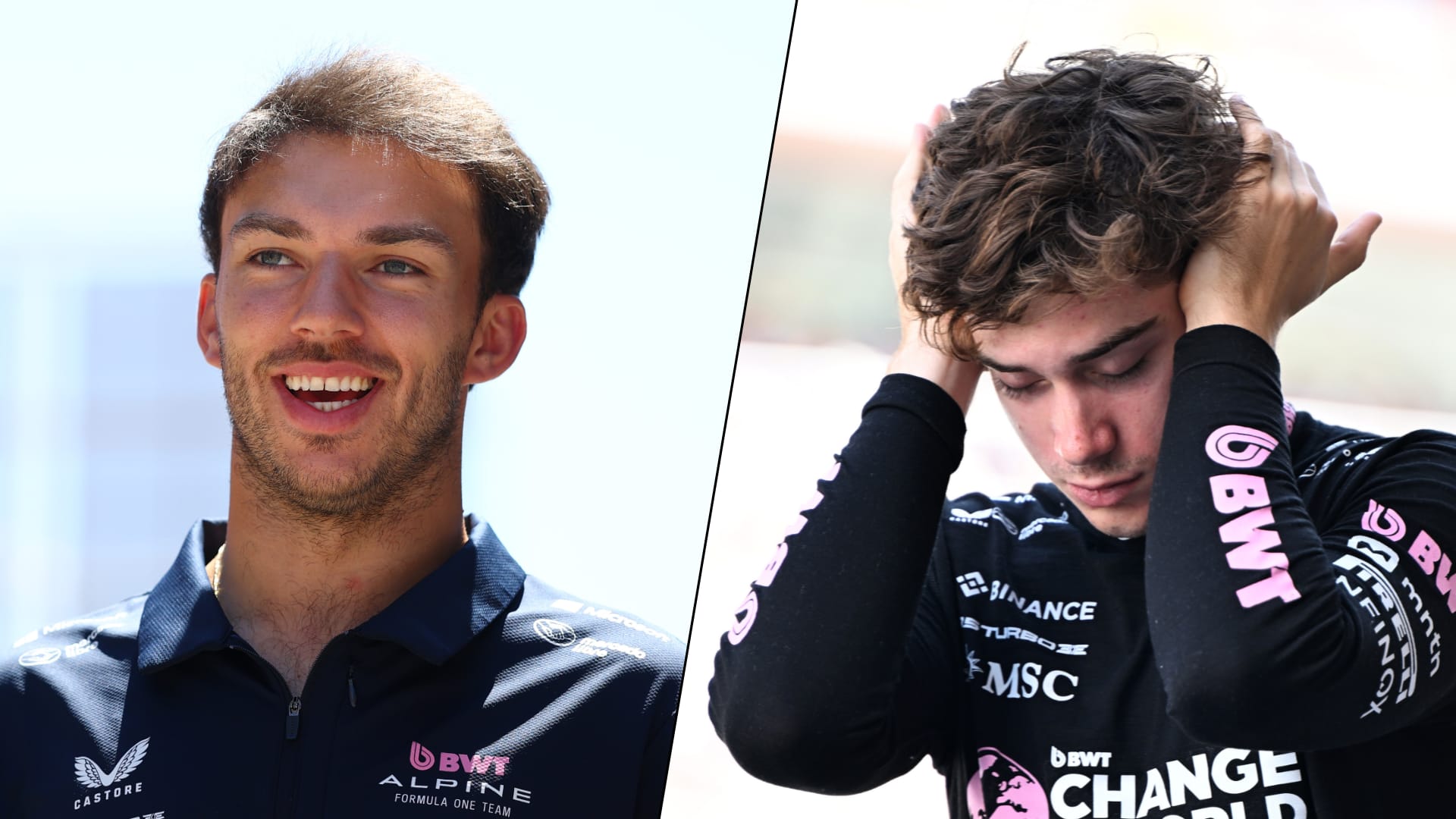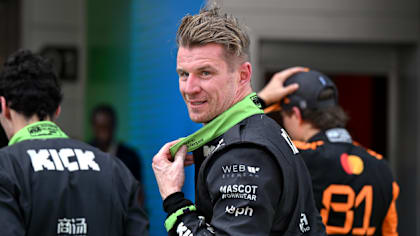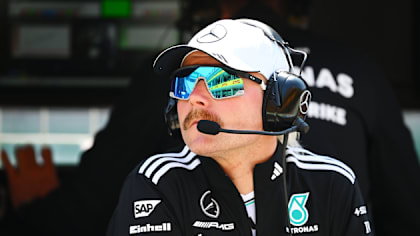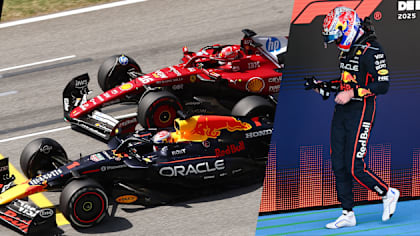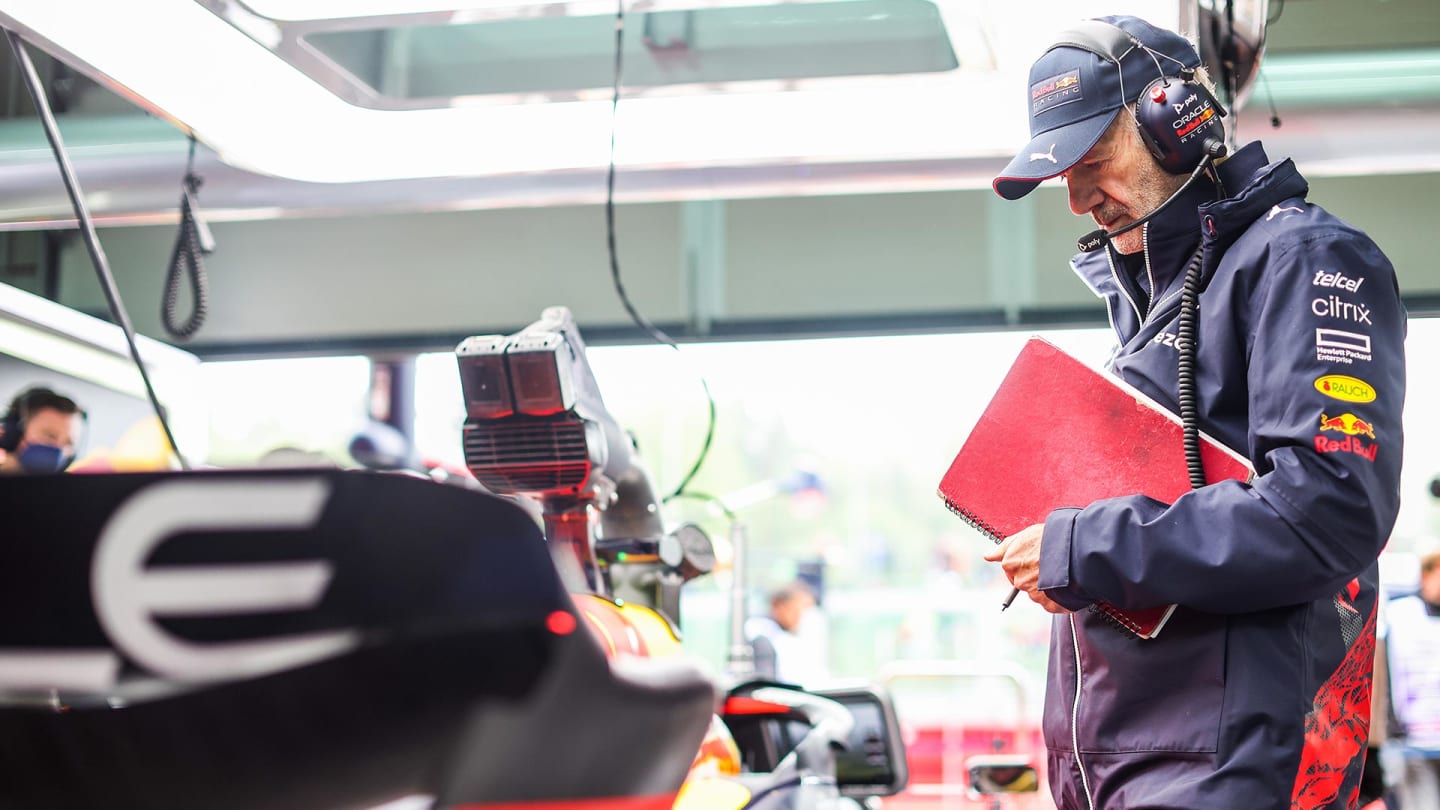
Feature
TREMAYNE: Exactly 34 years after he first made his mark, surely Newey is now the greatest designer in F1 history
Share

Lap 16 of the Japanese Grand Prix would prove an illuminating high point. No, not Lap 16 of Sunday’s race – I’m thinking of a long ago day at Suzuka in 1988. But there is a very strong connection.
That year the McLaren-Hondas were so omnipotent that the only time they lost was at Monza, when Ayrton Senna tripped over backmarker Jean-Louis Schlesser and beached himself on a chicane kerb. But at Suzuka, a Miami Blue car actually overtook one of the red and white MP4/4s, and we all stood to attention in that very moment as we realised we were witnessing something very special.
It was a March 881 run by the Leyton House Racing Team and driven by Ivan Capelli, one of the many good guys I’ve been lucky enough to meet over the years whose careers never quite lived up to their initial promise.
That day, as Ayrton was recovering from a poor start (and would eventually go on to clinch his first title with victory), Alain Prost had taken the lead from Gerhard Berger and Ivan. The Ferrari driver succumbed to the Italian on Lap 6, and suddenly Ivan was setting fastest laps, even though his normally aspirated Judd V8 was giving away at least 50bhp to Alain’s turbocharged Honda V6 and Alain himself was in a bit of a hurry.
WATCH: Verstappen - The rise of a double world champion
By Lap 12, the Frenchman was feeling the pressure, and four laps later the unthinkable happened: as they accelerated out of the chicane, a baulky gearbox caused Alain to miss a shift, and suddenly the March was leading!
Alain redressed that embarrassment almost immediately as he ducked down the inside of the first corner, and three laps later the March had gone, ostensibly with electrical failure. But it had left its mark.
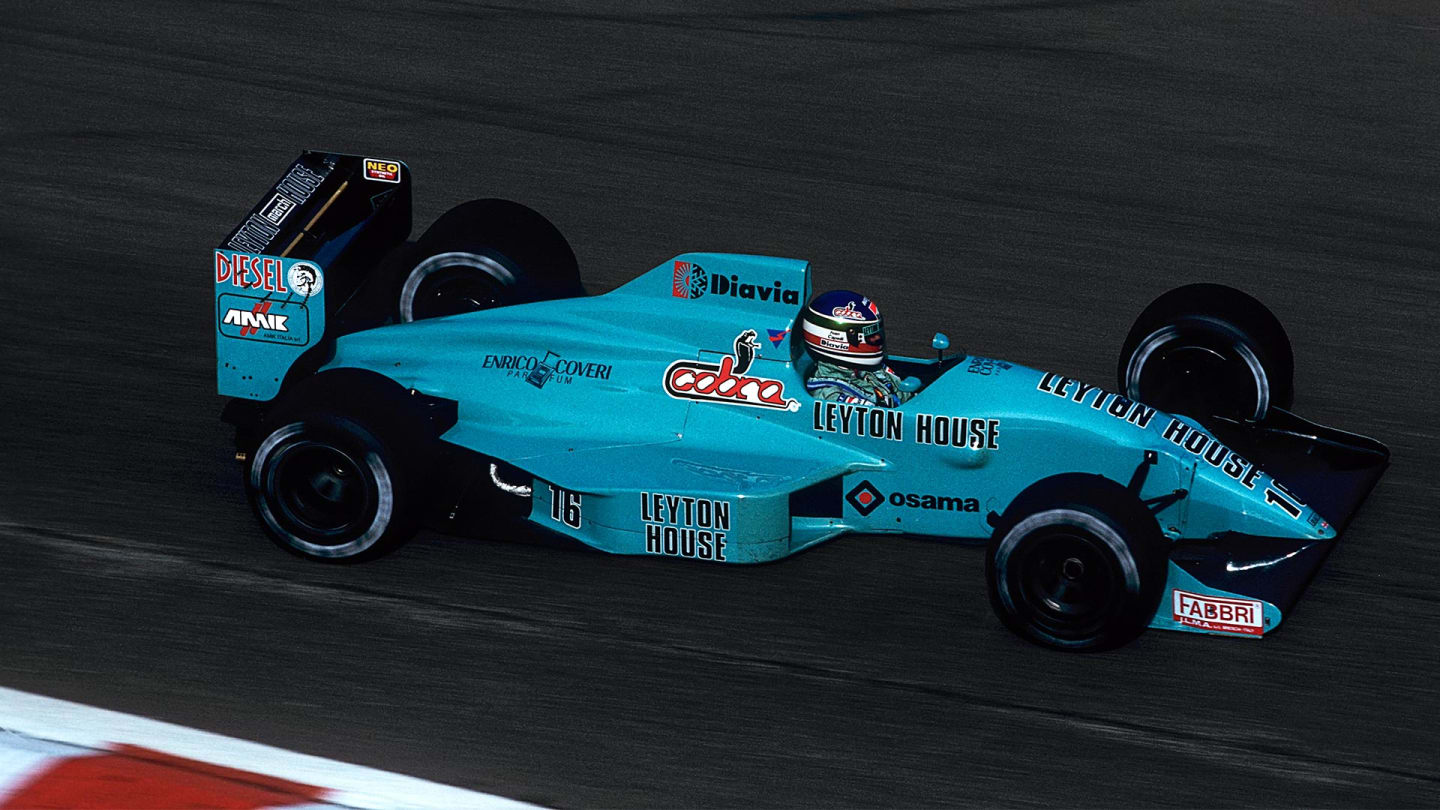
The March 881 was one of the first Newey-designed cars to show promise
The link, of course, is Adrian Martin Newey, the quiet man whose aerodynamic originality had made that March a stand-out performer and would do so again in 1989 with its Leyton House CG891 successor.
If you didn’t know what he does for a living, Adrian isn’t the kind to tell you. He races with distinction in Historics, so he must have a pretty powerful ego, but it seems well controlled. He’s a bit old-fashioned, and still likes to draw his cars on a full-size drawing board rather than CAD/CAM. "I just like to have everything laid out in front of me to a reasonable scale," he explains. "One of the limitations of a CAD/CAM system, of course, is the size of the screen. It’s just one of my personal preferences."
READ MORE: ‘He’s raised it to another level’ – Horner hails ‘truly, truly dominant’ Verstappen
Another is that he prefers his cars to speak for him. And they’ve had rather a lot to say for him over the years. Sunday was just yet another iteration, as Max Verstappen won the race and clinched his second World Championship.
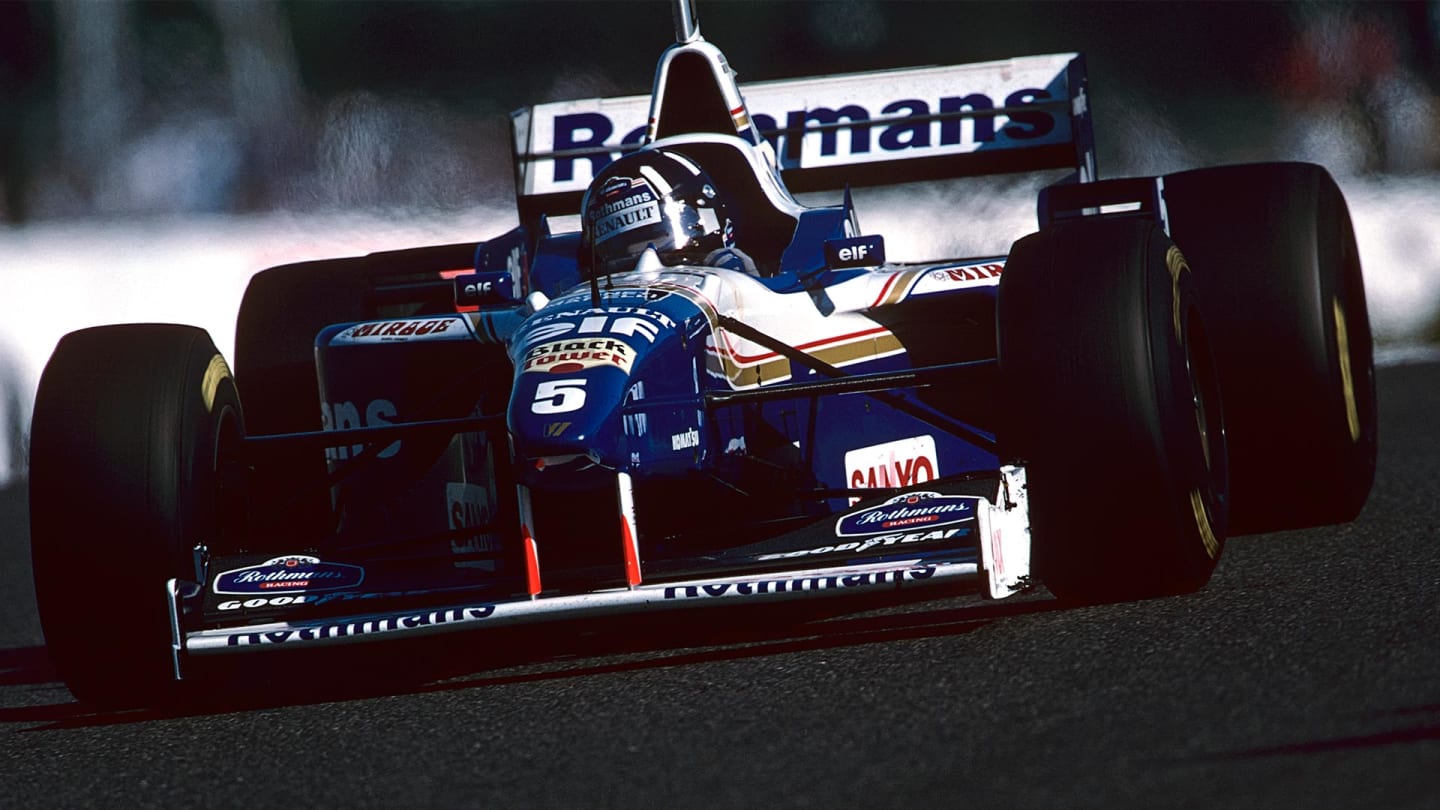
Newey was a key part of a vintage Williams era that made world champions of Damon Hill and Jacques Villeneuve
Frank Williams and Patrick Head were quick to sign Adrian for 1991, and he worked well with the latter. Back then he had some odd ideas; ever one to seek a narrower front end, he once proposed a set-up wherein the driver’s left foot would sit above the right, to narrow the monocoque ever more. His avant garde ideas were tempered by Patrick’s renowned pragmatism, and the result was the ground-breaking Williams FW14.
Reliability hurt its chances that year, but it won seven races, and the FW14B of 1992 was the dominator that helped Nigel Mansell to his World Championship. Subsequent Newey-designed Williams made champions of Alain Prost, Damon Hill, Jacques Villeneuve too, and his designs won 58 races for Frank’s team.
But he was restless and moved to McLaren, where the first thing he did was have his office painted duck egg blue in protest against Ron Dennis’s penchant for grey. That was typical Newey, the rebel who admitted that he had left school under a cloud, and struggled with his OND qualification after squeaking into Southampton University in 1977.
But again his cars won: his MP4/13 and MP4/14 designs made a double champion of Mika Hakkinen, and by the time he left to join Red Bull, his cars had won another 44 Grands Prix.
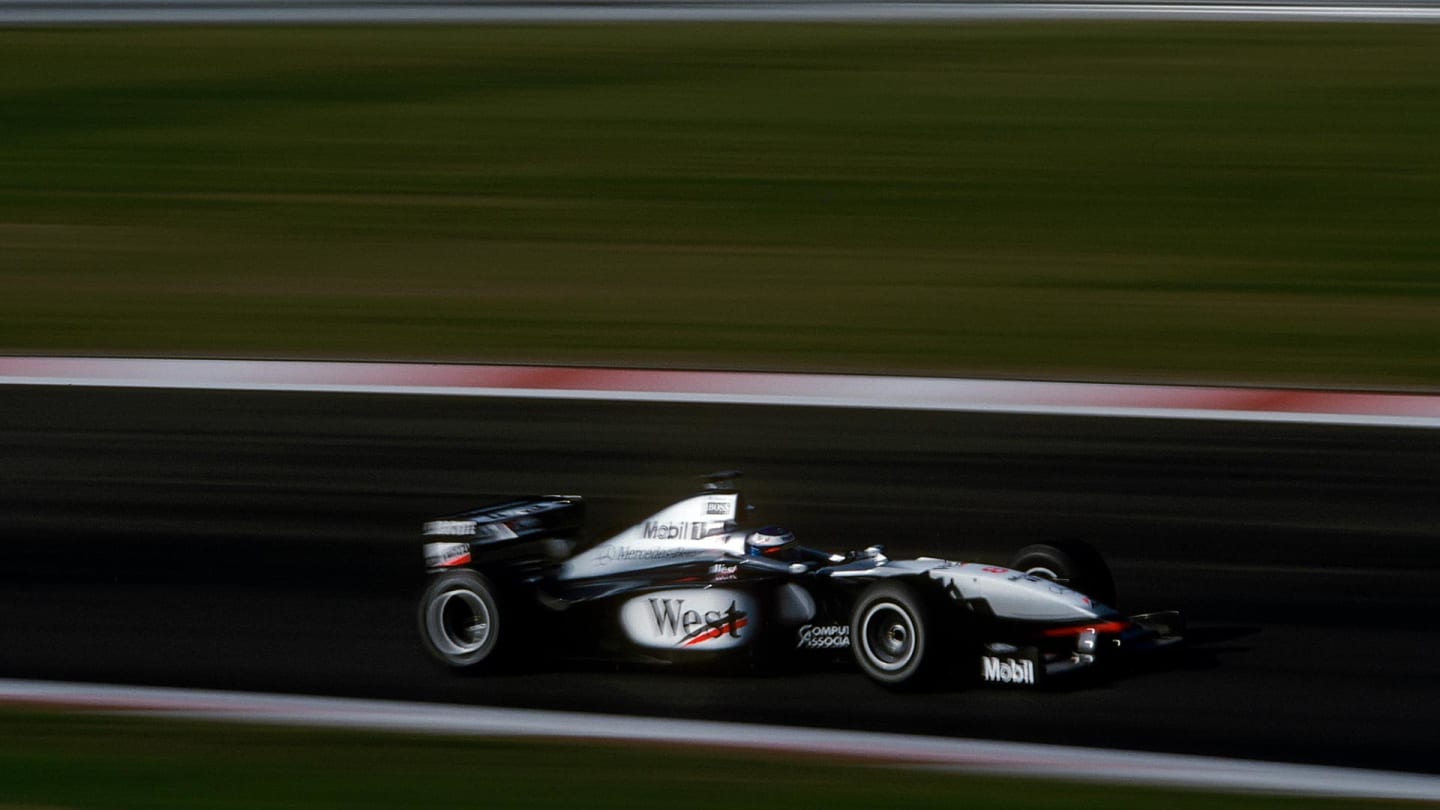
Another of Newey's cars to take the world title - the McLaren MP4/13
Red Bull has become his true home, however, and there he has had the freedom he craved not just to express himself but to do things the way he likes. His designs won four World Championships with Sebastian Vettel between 2010 and 2013 – and the constructors' titles to go with them – and even when he felt close to burn-out, he was given the time and scope to work on America’s Cup, Grand Turismo 5 diversions and road car projects. When he returned full-time to F1, he was turbocharged by the rest.
Last year, his revised RB16B took Max Verstappen to his first title, and this year the RB18 has been the clear class of the field, backed by Red Bull’s superb management and strategising, which have left Ferrari far behind despite their F1-75’s ability to challenge the RB18’s speed.
The RB18 is one of the best-looking of a handsome new breed of F1 cars, and that is no mistake. Newey admits that if there are two routes that the wind tunnel suggests will produce similar performance, he will always opt for the one that is the more aesthetically pleasing.
Colin Chapman is widely regarded as the greatest innovator in F1 design, but Newey operates in an era where the regulations are far tighter, and both far more prescriptive and proscriptive, thus making genuine innovation almost impossible. Arguably the area with the greatest scope for originality remains aerodynamics, and there he excels. Have we heard so much as a squeak about porpoising with the RB18?
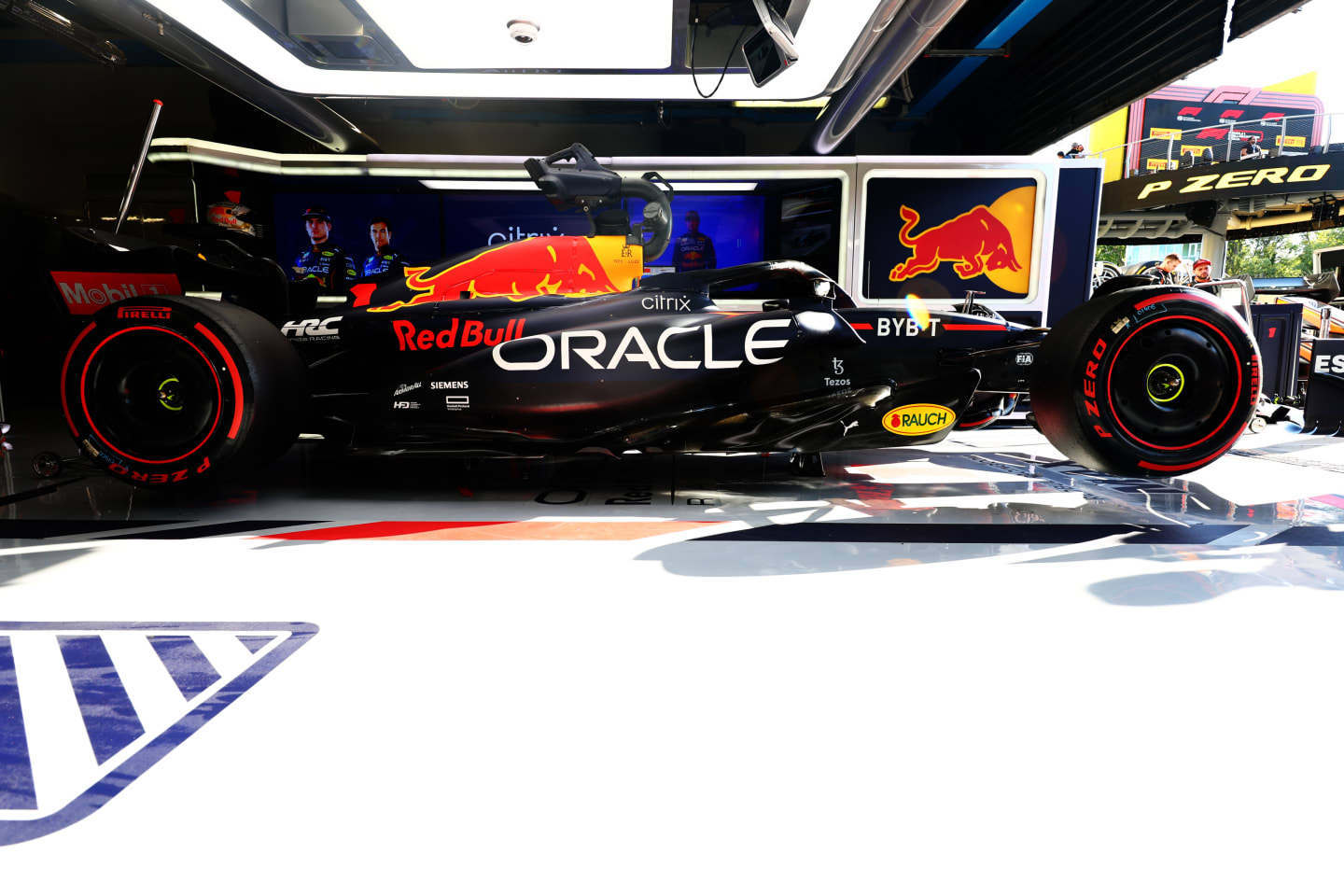
Verstappen's RB18 has taken him to 12 wins this season and counting
As a young child, he built Tamiya F1 kits and yearned to be a racing driver; later, having strengthened his maths, he did degrees in astronautics and aeronautics. They won him his subsequent position with Max Mosley and Robin Herd’s March operation in Bicester which provided the launch pad for his career, and over the years nobody has come close to matching, let alone challenging, his unique reputation for aerodynamic innovation.
"I took that particular degree course because I felt that racing cars were closer to aircraft than they were to road cars,” he admits. His skills were recognised with an OBE in 2012.
I had to smile when Sky’s Craig Slater stuck a microphone under Adrian’s nose in Suzuka last Sunday night, because he looked so uncomfortable having to acknowledge his own greatness, as it was pointed out that his RB18 was his most successful design to date with 14 wins (and more to come, for sure). He spoke of the team effort that went into it, and on that score Red Bull have some excellent boffins who work quietly but oh so effectively behind the scenes with him and, like him, seem happy to shun the limelight while endlessly bouncing ideas between them.
Adrian’s official title is chief technical officer; Rob Marshall is chief engineering officer; Craig Skinner is chief designer; Enrico Balbo is head of aerodynamics; and Ben Waterhouse is in charge of vehicle performance.
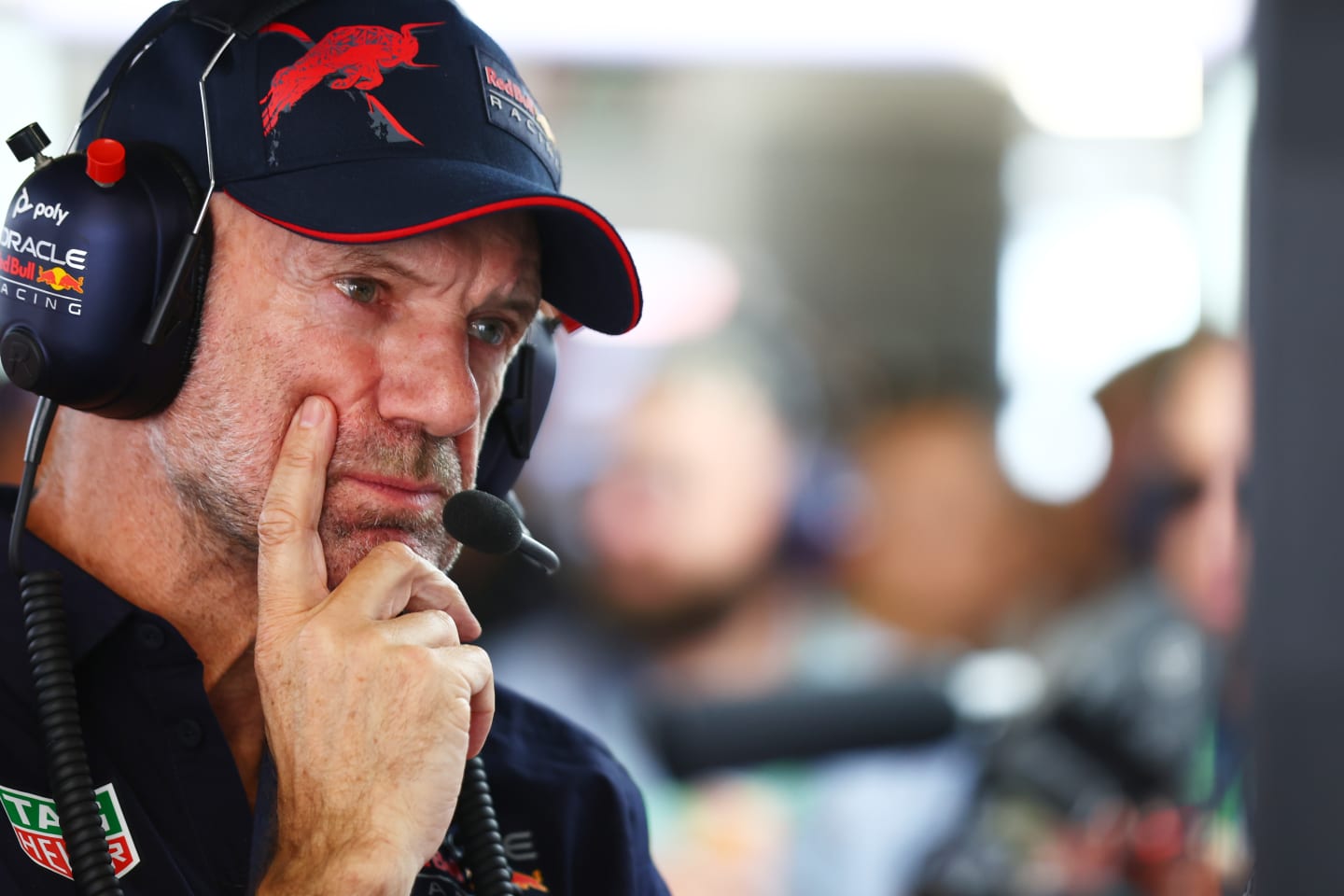
Always thinking, always planning, Newey has been an integral part of Red Bull's success
Adrian says he had engineering autonomy at Williams, and the broader responsibility he wanted at McLaren, but it’s at Red Bull that he has been given the scope to flourish and investigate everything that engages his scientific brain, while stimulating and challenging his colleagues and participating in things beyond pure design. He’s enjoyed having a strong input into new factories and operations, for instance.
His cars have won 191 Grands Prix, made race winners of Damon Hill, David Coulthard, Jacques Villeneuve, Mika Hakkinen, Kimi Raikkonen, Sebastian Vettel, Mark Webber, Daniel Ricciardo and Max Verstappen (and given Nigel Mansell, Riccardo Patrese, Alain Prost and Sergio Perez chances to win more), and won 12 World Championships for Drivers and 11 World Championships for Constructors (with a 12th imminent). And as Suzuka demonstrated, he is still every bit as competitive, in all senses of the word, 34 years to the race after a Newey-designed F1 car first led a Grand Prix.
It's not difficult to suggest that he’s the greatest designer F1 has known, is it? He’s been happy to let Max Verstappen and Christian Horner be seen doing all the smiling this season. But you can bet the competitor inside racing’s most self-effacing technician has been just as stoked as they are with Red Bull’s extraordinary success.
YOU MIGHT ALSO LIKE
News Hulkenberg reveals ‘golden ticket’ that helped him secure impressive P5 in Spanish GP
News ‘I’m not done with F1 yet’ – Bottas admits Cadillac ‘a very interesting project’ as he provides update on future plans
FeatureF1 Unlocked MONDAY MORNING DEBRIEF: Verstappen made contact with Russell and Leclerc – but why were they racing each other in the first place?
News Whispering Angel announced as Official Rosé of Formula 1
